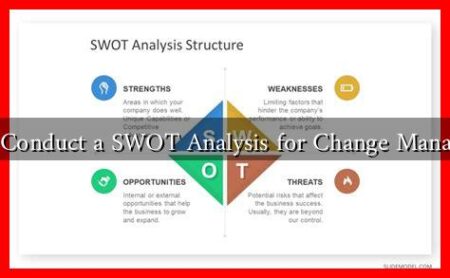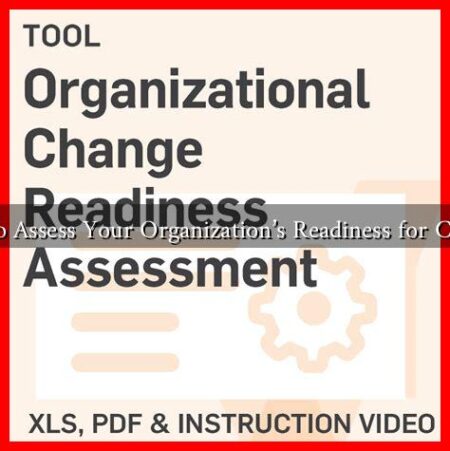-
Table of Contents
- How to Conduct a Cloud Readiness Assessment
- Understanding Cloud Readiness Assessment
- Key Components of a Cloud Readiness Assessment
- Steps to Conduct a Cloud Readiness Assessment
- 1. Define Objectives
- 2. Gather Stakeholders
- 3. Conduct a Current State Analysis
- 4. Identify Gaps and Risks
- 5.
. Develop a Roadmap
- 6. Implement and Monitor
- Case Study: Successful Cloud Migration
- Conclusion
How to Conduct a Cloud Readiness Assessment
As organizations increasingly migrate to cloud environments, understanding their readiness for such a transition becomes crucial. A Cloud Readiness Assessment (CRA) helps businesses evaluate their current infrastructure, processes, and culture to determine how prepared they are for cloud adoption. This article will guide you through the steps to conduct a comprehensive cloud readiness assessment, ensuring a smooth transition to the cloud.
Understanding Cloud Readiness Assessment
A Cloud Readiness Assessment is a systematic evaluation of an organization’s capabilities and resources to adopt cloud technologies. It involves analyzing various aspects, including technical infrastructure, security protocols, compliance requirements, and organizational culture. The goal is to identify gaps and areas for improvement before making the leap to the cloud.
Key Components of a Cloud Readiness Assessment
To conduct an effective CRA, consider the following key components:
- Technical Infrastructure: Assess the current IT infrastructure, including hardware, software, and network capabilities. Determine if they can support cloud services.
- Data Management: Evaluate data storage, management practices, and data governance policies. Understand how data will be migrated and managed in the cloud.
- Security and Compliance: Review existing security measures and compliance requirements. Identify any gaps that need to be addressed to meet cloud security standards.
- Cost Analysis: Analyze the financial implications of moving to the cloud, including potential savings and costs associated with cloud services.
- Organizational Culture: Assess the readiness of your team to embrace cloud technologies. Consider training needs and change management strategies.
Steps to Conduct a Cloud Readiness Assessment
Here’s a step-by-step guide to conducting a CRA:
1. Define Objectives
Start by defining the objectives of the assessment. What do you hope to achieve? Are you looking to improve efficiency, reduce costs, or enhance scalability? Clear objectives will guide the assessment process.
2. Gather Stakeholders
Involve key stakeholders from various departments, including IT, finance, operations, and compliance. Their insights will provide a comprehensive view of the organization’s readiness.
3. Conduct a Current State Analysis
Evaluate the current state of your IT infrastructure, processes, and culture. Use surveys, interviews, and workshops to gather data from stakeholders. This analysis should cover:
- Existing applications and workloads
- Current IT policies and procedures
- Employee skill levels and training needs
4. Identify Gaps and Risks
Based on the current state analysis, identify gaps in technology, processes, and skills. Assess the risks associated with these gaps, including potential security vulnerabilities and compliance issues.
5. Develop a Roadmap
Create a roadmap that outlines the steps needed to address identified gaps and risks. This roadmap should include:
- Prioritized action items
- Timeline for implementation
- Resources required
6. Implement and Monitor
Once the roadmap is developed, begin implementing the necessary changes. Monitor progress regularly and adjust the plan as needed to ensure successful cloud adoption.
Case Study: Successful Cloud Migration
A notable example of a successful cloud readiness assessment is that of a mid-sized retail company that sought to enhance its e-commerce capabilities. By conducting a CRA, the company identified that its existing infrastructure was outdated and unable to handle increased traffic during peak seasons. The assessment revealed gaps in data management and security protocols, which were addressed through targeted training and infrastructure upgrades. As a result, the company successfully migrated to the cloud, improving its scalability and customer experience.
Conclusion
Conducting a Cloud Readiness Assessment is a vital step for organizations looking to transition to cloud technologies. By evaluating technical infrastructure, data management practices, security measures, and organizational culture, businesses can identify gaps and develop a strategic roadmap for cloud adoption. The insights gained from a CRA not only facilitate a smoother transition but also position organizations for long-term success in the cloud. For more information on cloud readiness assessments, you can visit IBM’s Cloud Readiness Assessment Guide.





